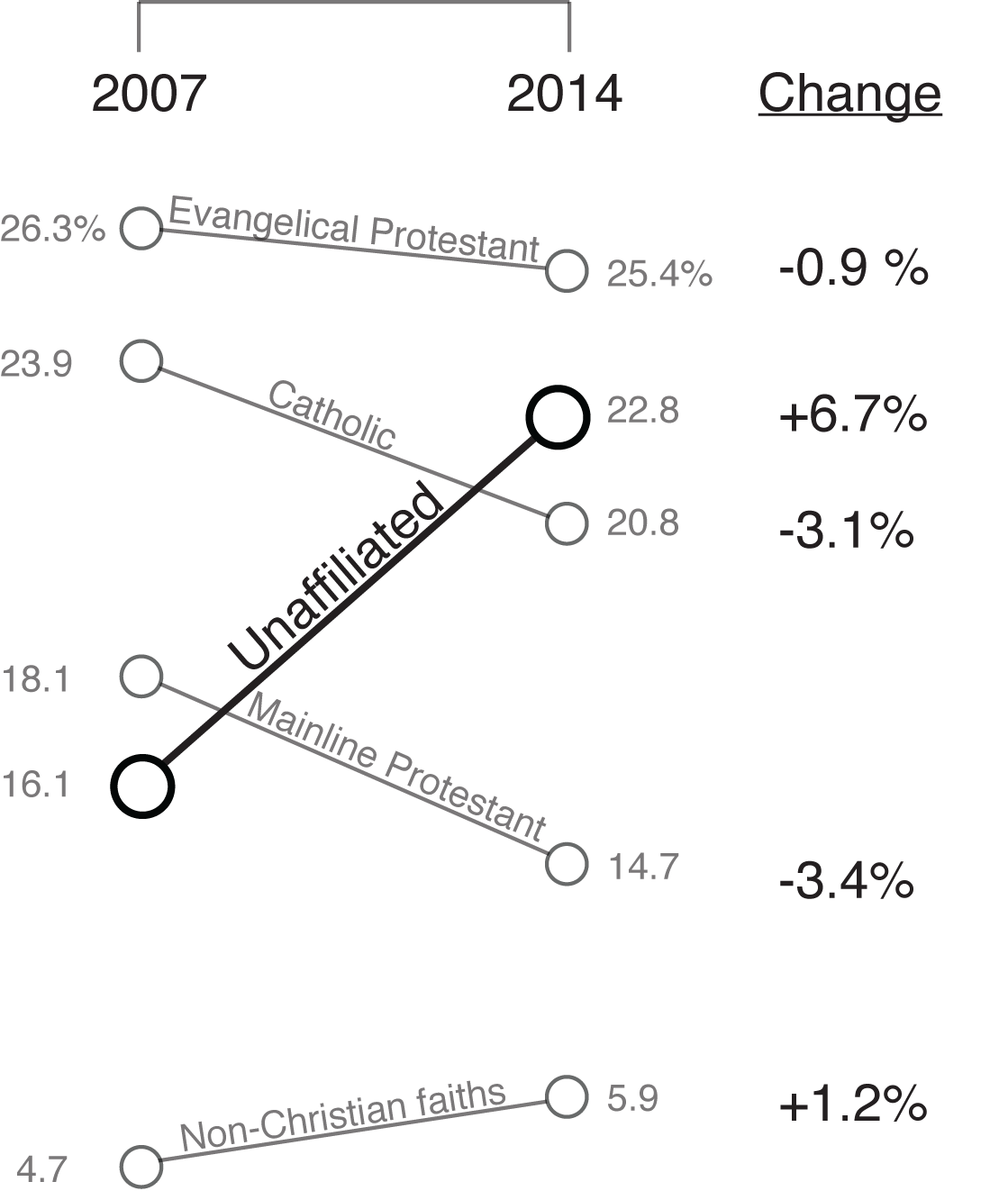RESEARCH
Design, reinforced by research, reveals an urgent call to liberate city life from the burden of outmoded practices. A community’s need for sanitary and sensible disposal of corpses is intertwined with the need of survivors to organize meaningful rituals and to lastingly memorialize the deceased.
DeathLAB’s body of research includes critically theoretical spatial propositions, data projections, scientific inquiry, and aims to develop ways to reduce the adverse impacts of our living years on the environment.
At DeathLAB we believe that design can lead and support social change. We aim to integrate exquisite public spaces of contemplation and remembrance amidst the vitality of urban life, to enhance awareness of our shared humanity.
A NEW YORK GLOW: Short Documentary by Maria Chiu and Sneha Antony for MegaCities 2016 submission

CULTURAL VIEWS
- Attitudes towards mortality and traditional rituals are evolving towards demographic diversity. Increasing percentages of urban residents are non-affiliated with formal religions by choice. 23% of the total U.S. population, and 33% of those under age 30, have no religious affiliation.
- Socio-cultural values, while rooted in historical contexts and belief structures, are alive, resilient, and adaptive to contemporary realities.
- An ethos of environmentalism is increasingly embraced across all age groups.
- Use of cremation has increased in the U.S. from ± 25 % in 2000 to ± 50 % in 2015.
- Socio-ethical practices have become increasingly malleable. For example, many embrace organ donation, recycling, energy efficient standards, non-smoking areas, seat belts, and other similar measures.
SOURCE: :Religious Landscape Study, Pew Research Center, 2014
